Make sure you read and vote on Part 1 of the Great Debate: CCD vs. CMOS before venturing on to this test.
In the first installment, I published various sets of images, each containing one shot from the Leica M9 and one from the Leica M (Typ 240). The premise was to see if I could use basic post-processing techniques in Lightroom to make an image captured with a CMOS sensor (M240) match one taken with a CCD (M9). Many have stated that there is a defining “CCD Look” and that it was impossible to achieve this with a CMOS sensor, even with processing. So, I put it up for a vote.
So far, as of this writing, the results have been very interesting. Counting statistical margin of error, almost all of the images are running at a 50/50 ratio or very close to it. Of course, the images I first posted were taken in conditions favoring the M9: natural, directional light at lower ISOs. I didn't want the comparisons to be about dynamic range or low noise or artificial light performance. This was just an exercise to see if there was indeed a “CCD Look” and if such a look was only inherent in CCD-based cameras. Some have requested that I publish images under more challenging lighting conditions and with skin tones.
In this second (and final) round of testing, I'm putting forth a selection of single images shot with the M9 and M240. The test this time is to see if, without a direct comparison, the “CCD Look” can be identified. Please note that I didn't take comparison shots for any of these images. I shot normally, just with two bodies. And, I didn't attempt to match to a particular look. Instead, I merely processed each file to my taste.
Without further ado, please cast your votes below. Yes, I know that there are a lot of images. I wanted to give a wide variety of scenarios to gather the most accurate data possible. Answers for both Part 1 and Part 2 will be revealed, along with my analysis, in Part 3.
Which camera was used for the above image?
Which camera was used for the above image?
Which camera was used for the above image?
Which camera was used for the above image?
Which camera was used for the above image?
Which camera was used for the above image?
Which camera was used for the above image?
Which camera was used for the above image?
Which camera was used for the above image?
Which camera was used for the above image?
Which camera was used for the above image?
Which camera was used for the above image?
Which camera was used for the above image?
Which camera was used for the above image?
Which camera was used for the above image?
Which camera was used for the above image?
Which camera was used for the above image?
Which camera was used for the above image?
Which camera was used for the above image?
Which camera was used for the above image?
Which camera was used for the above image?
Which camera was used for the above image?
Which camera was used for the above image?
Which camera was used for the above image?
Which camera was used for the above image?
Which camera was used for the above image?
Which camera was used for the above image?
Which camera was used for the above image?
Which camera was used for the above image?
Which camera was used for the above image?
Which camera was used for the above image?
Update (3/9/15): Part 3 is now online. Check out the answers and my analysis.



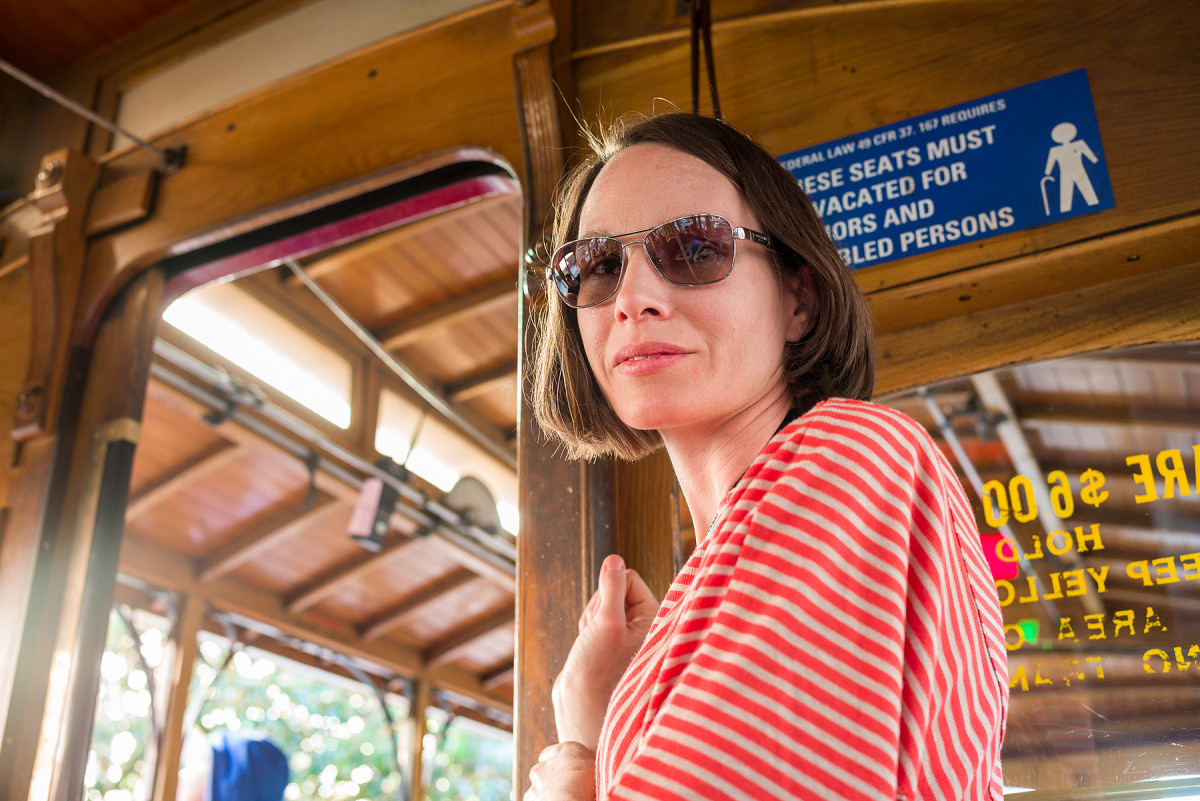



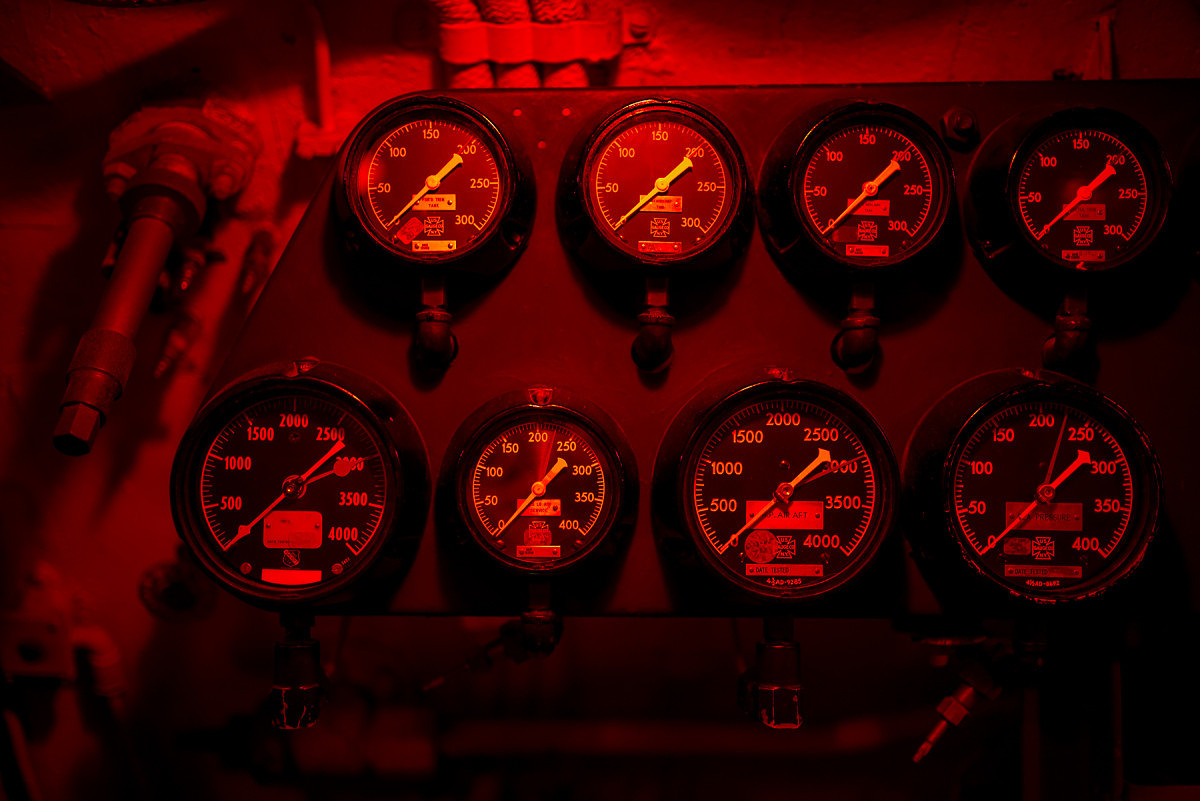
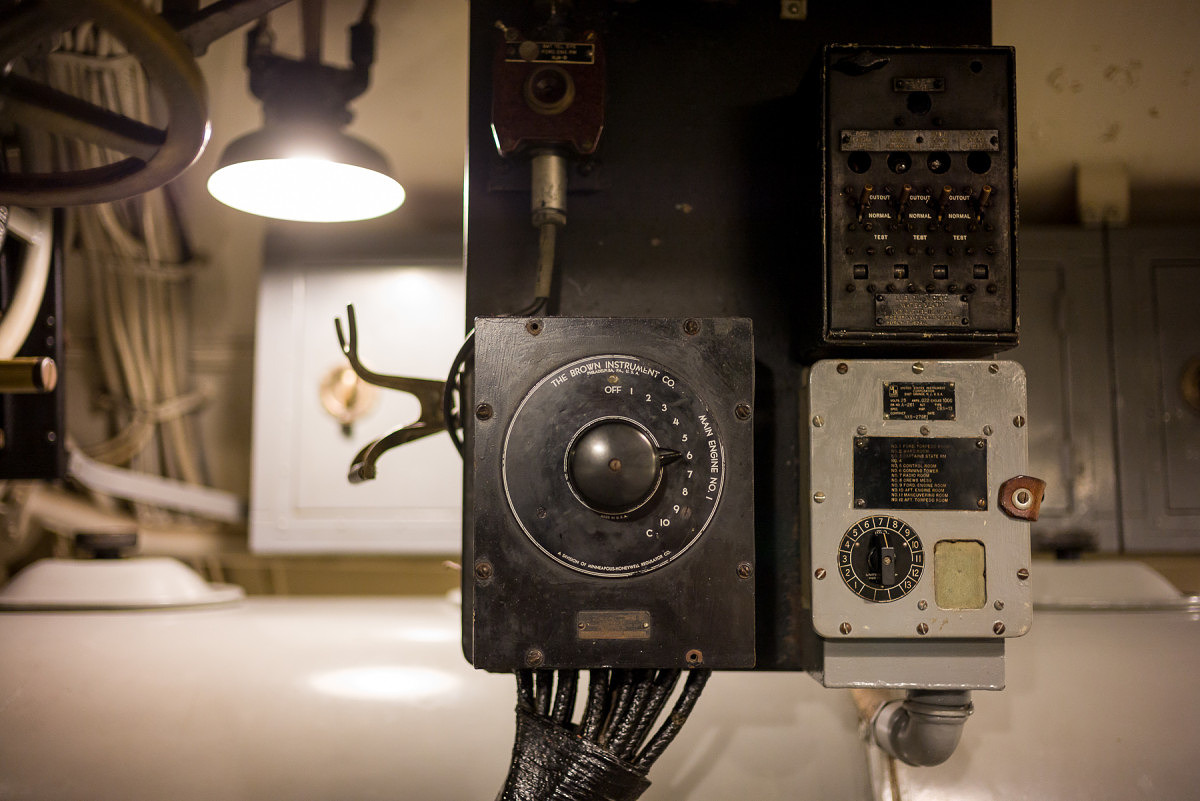
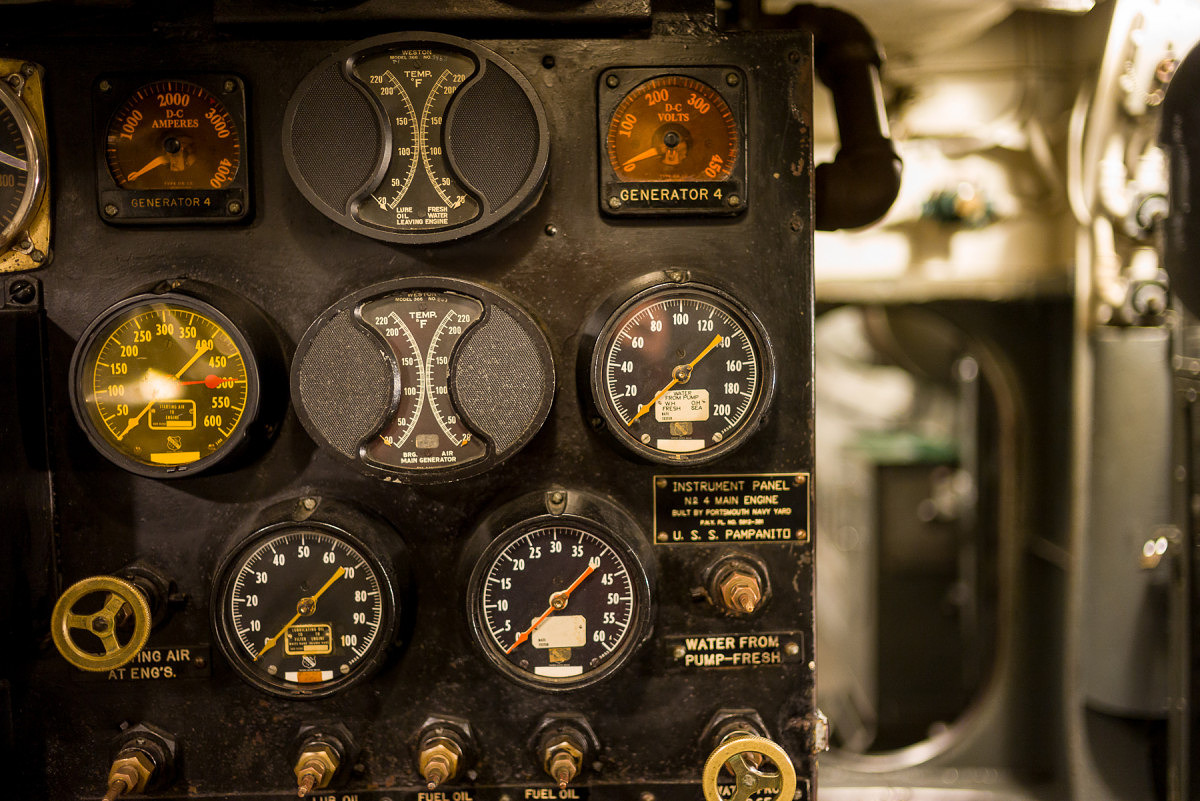
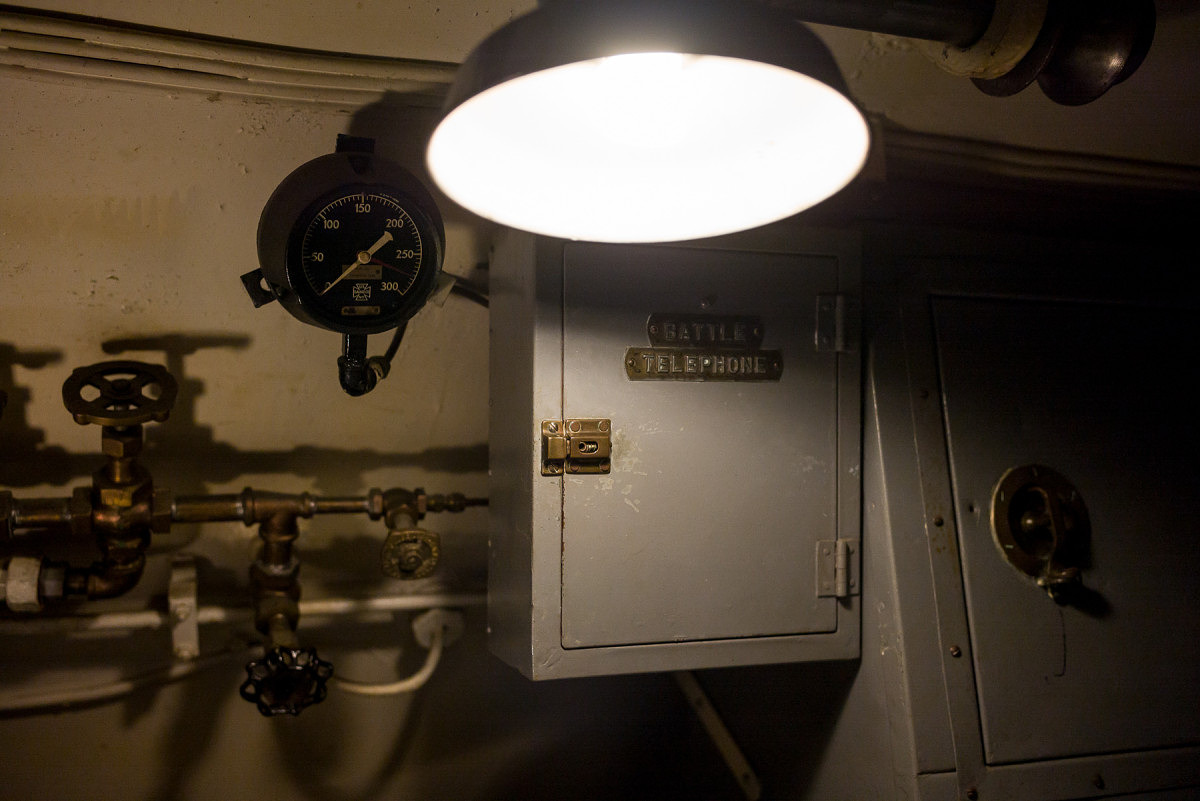
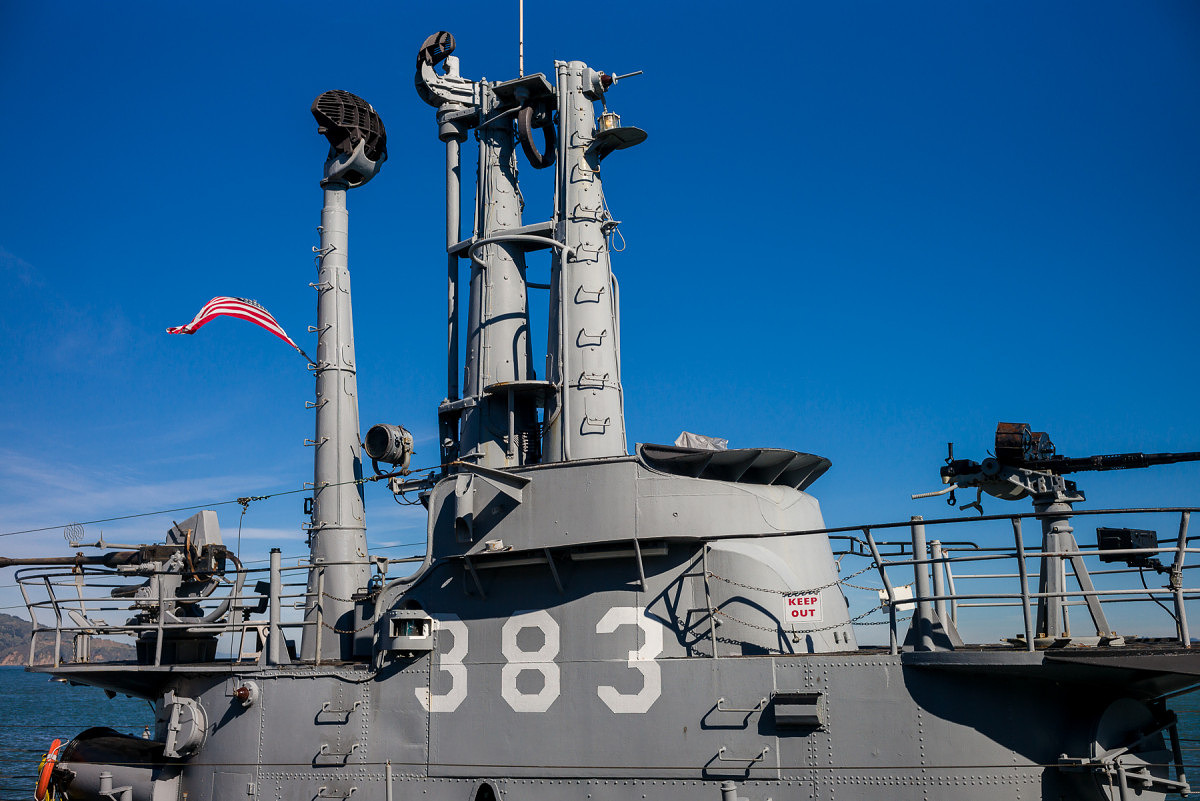
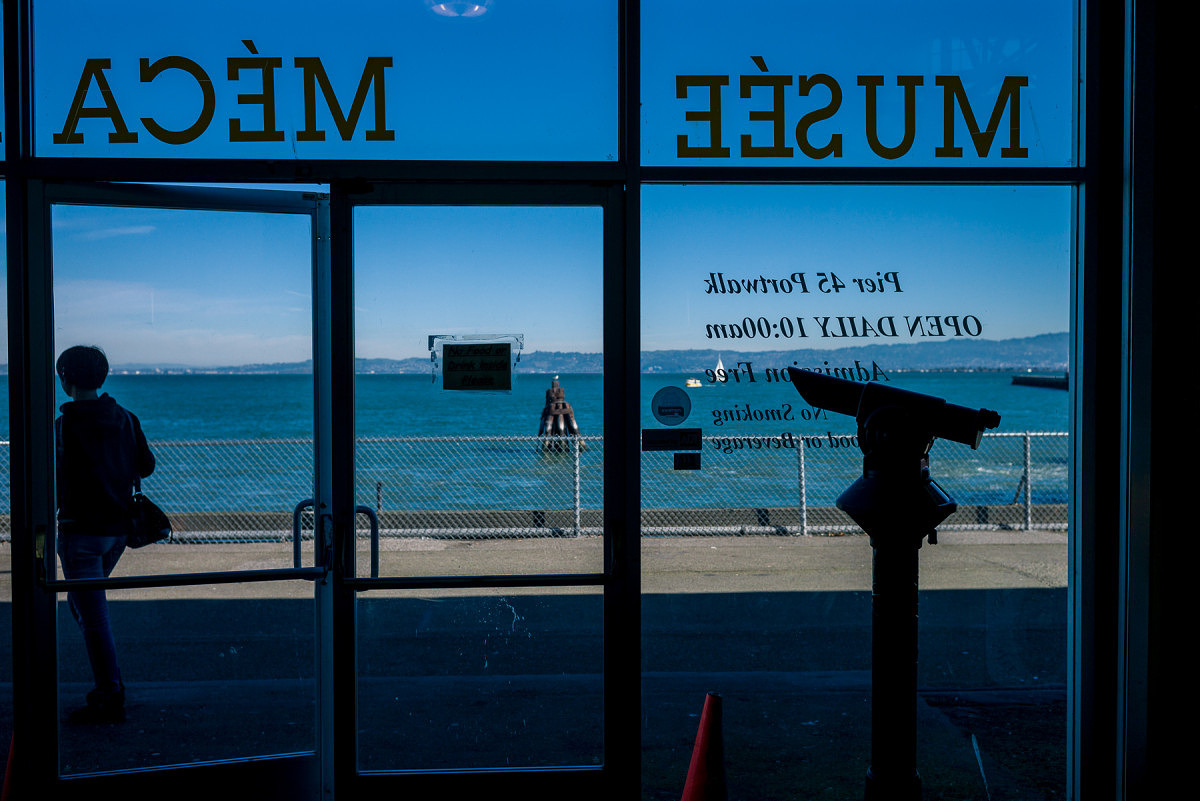
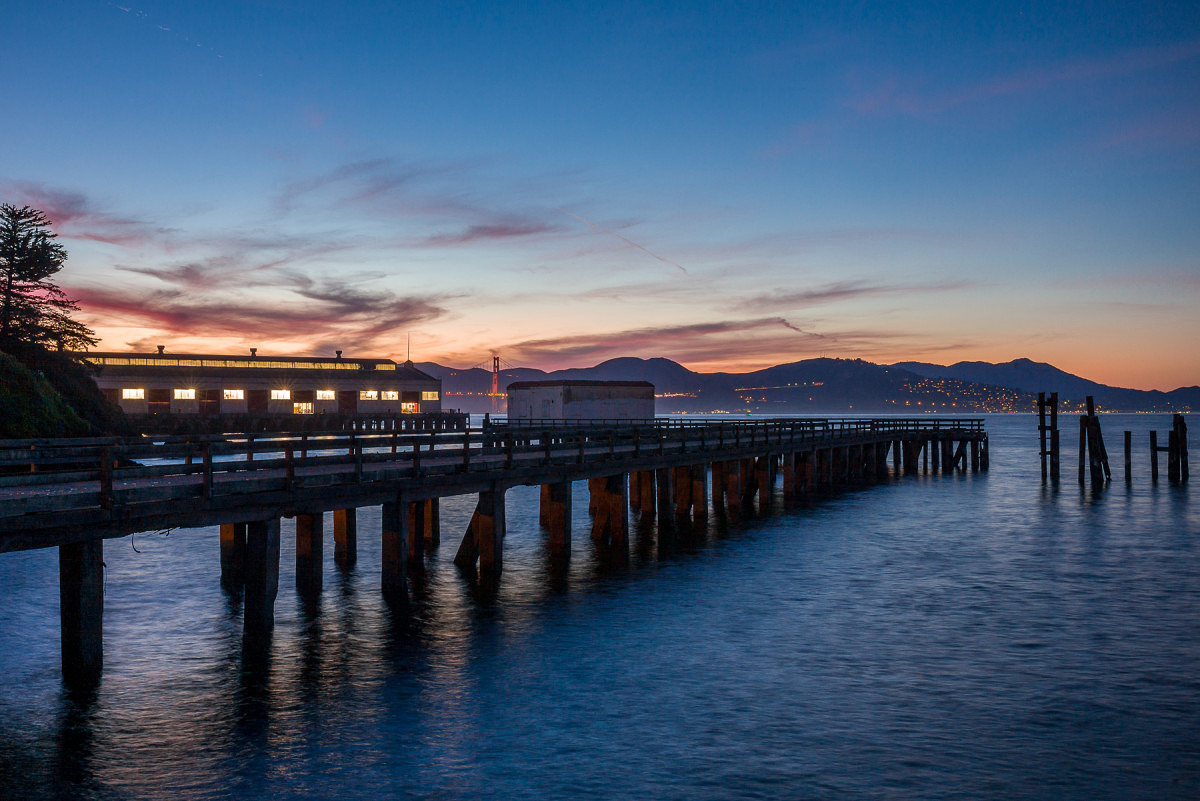
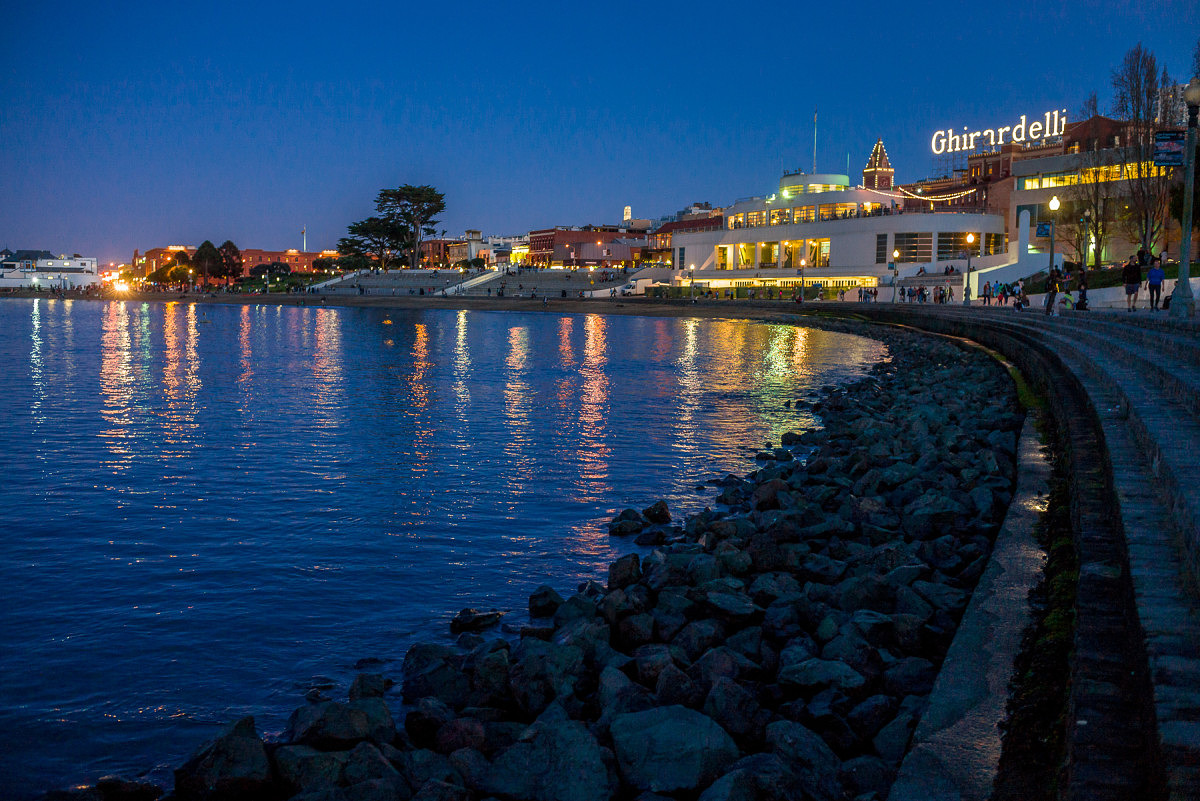

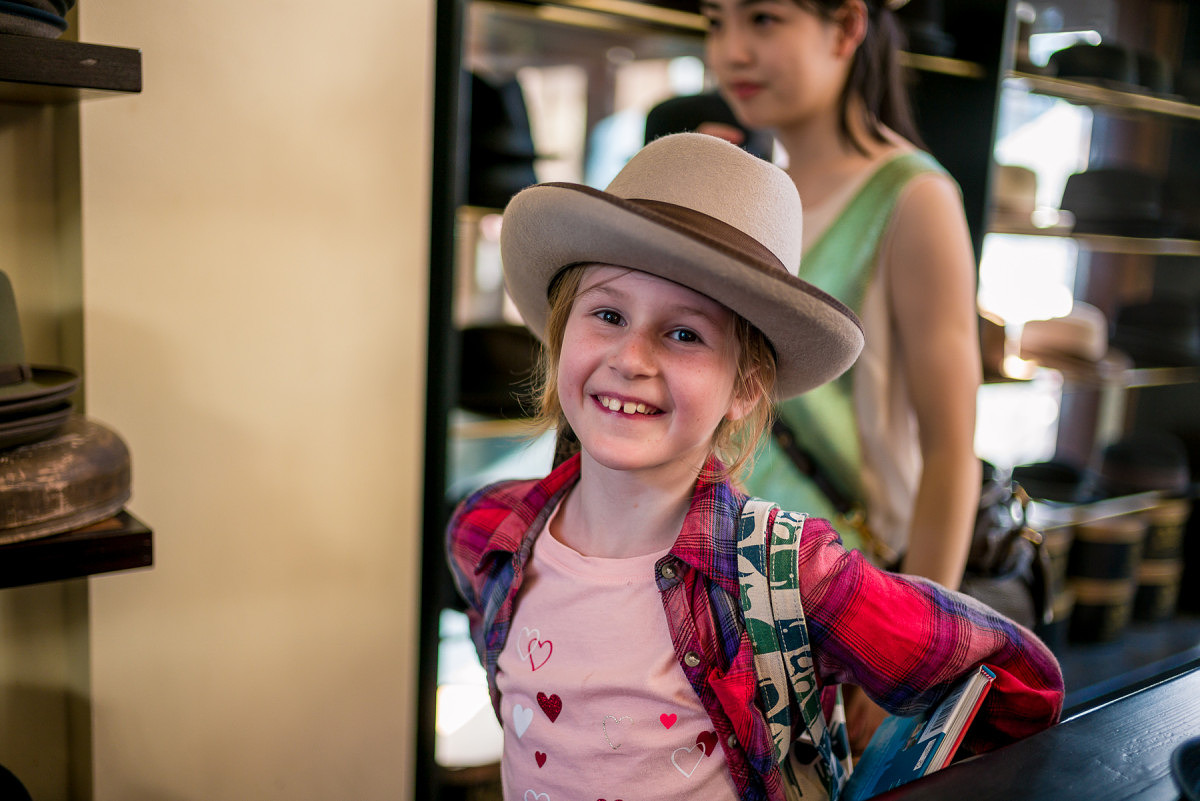
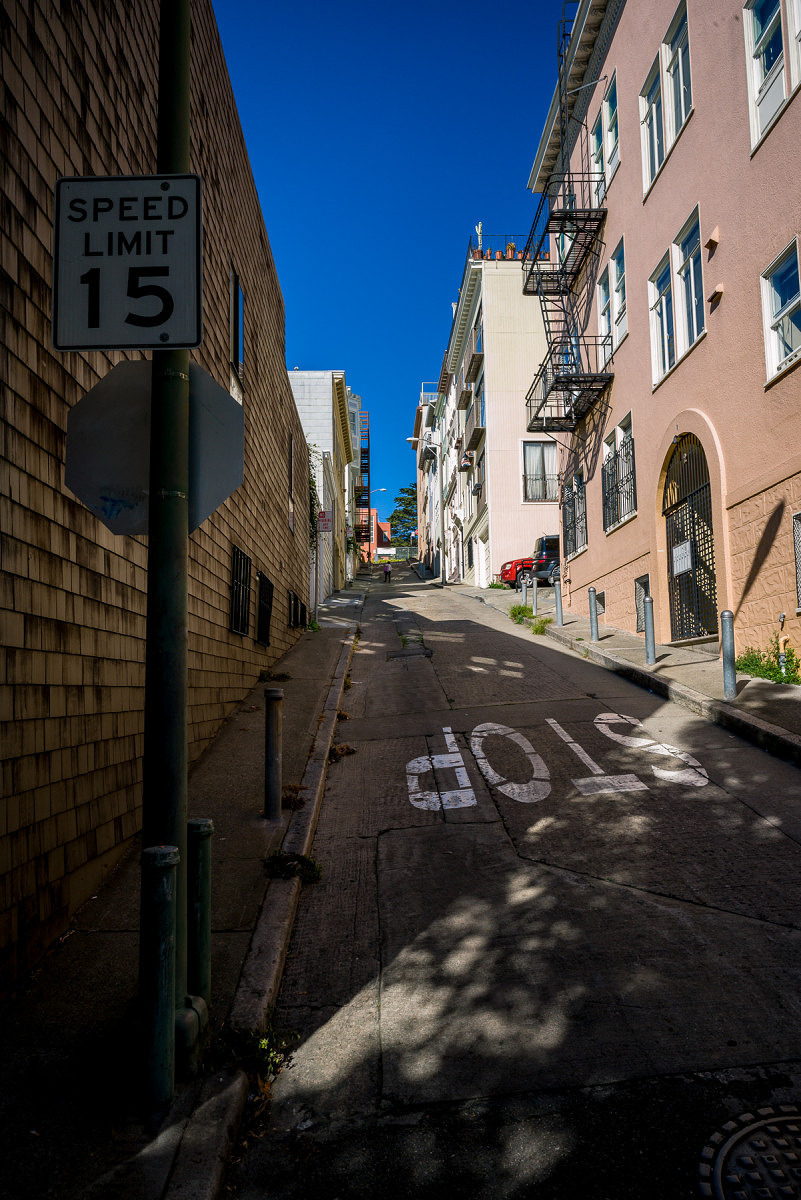
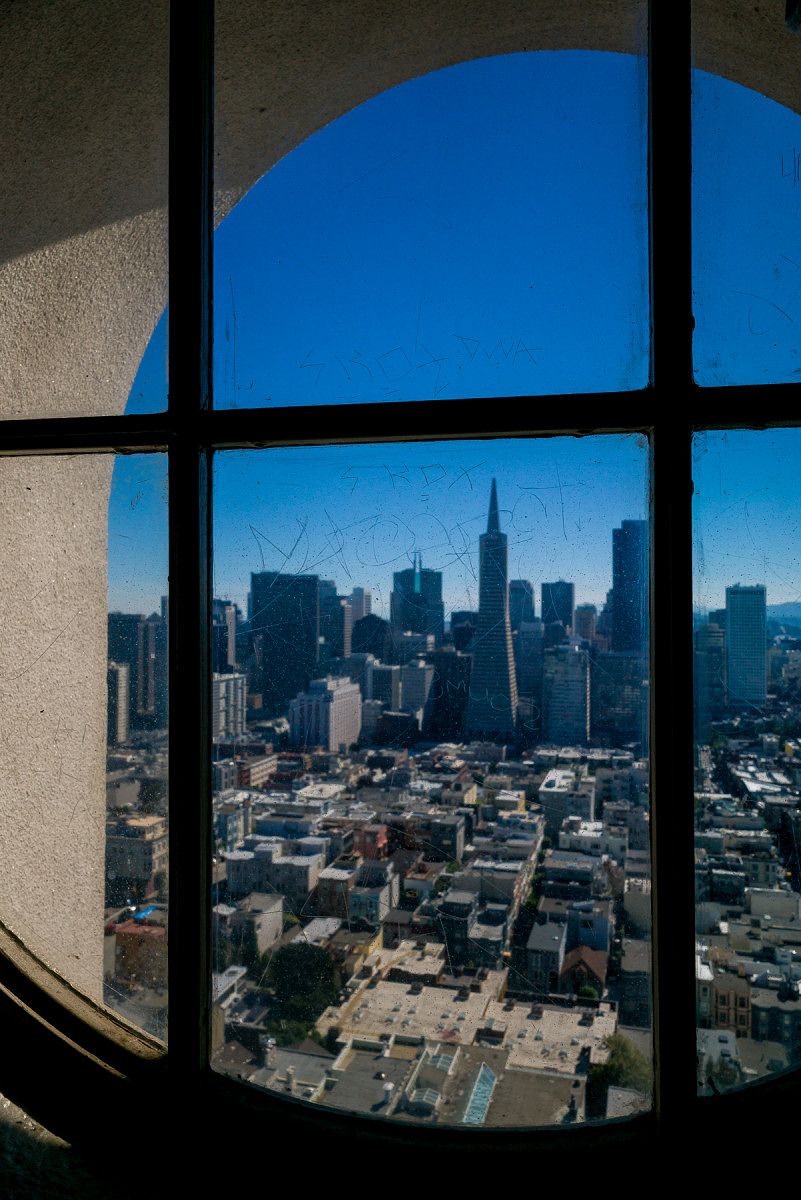
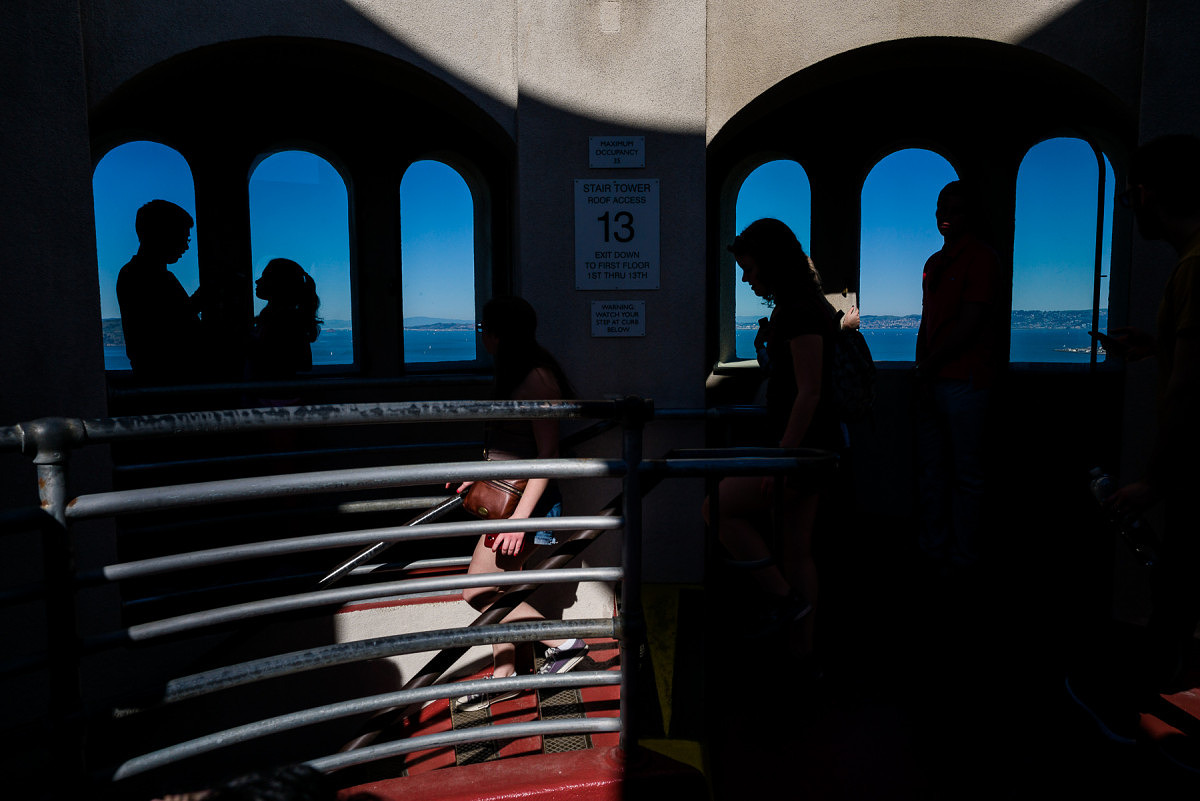
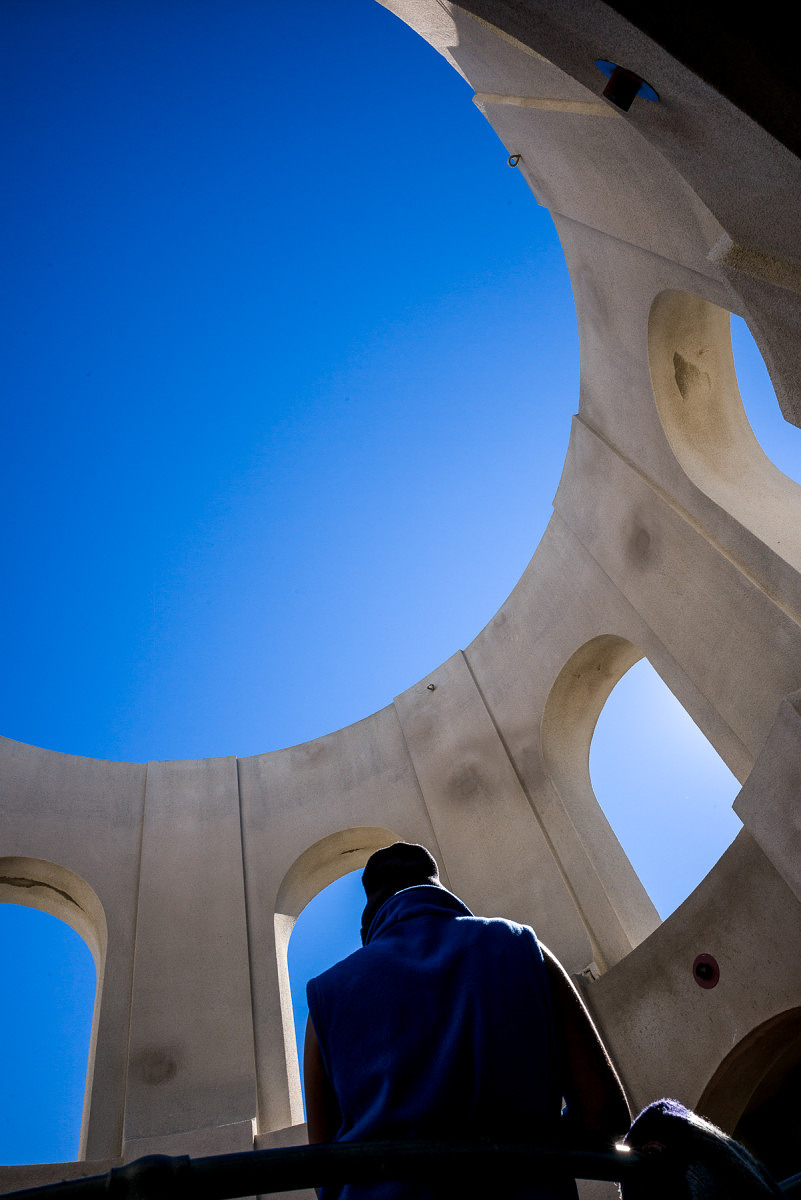
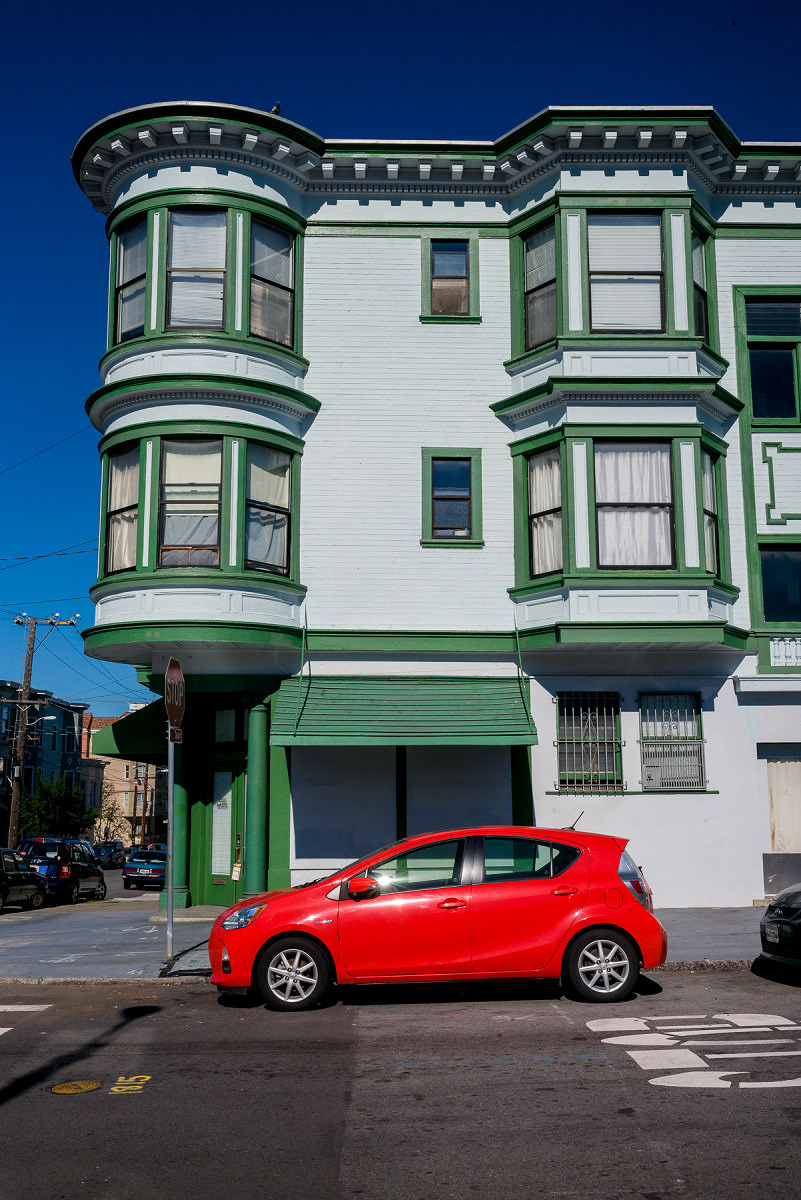
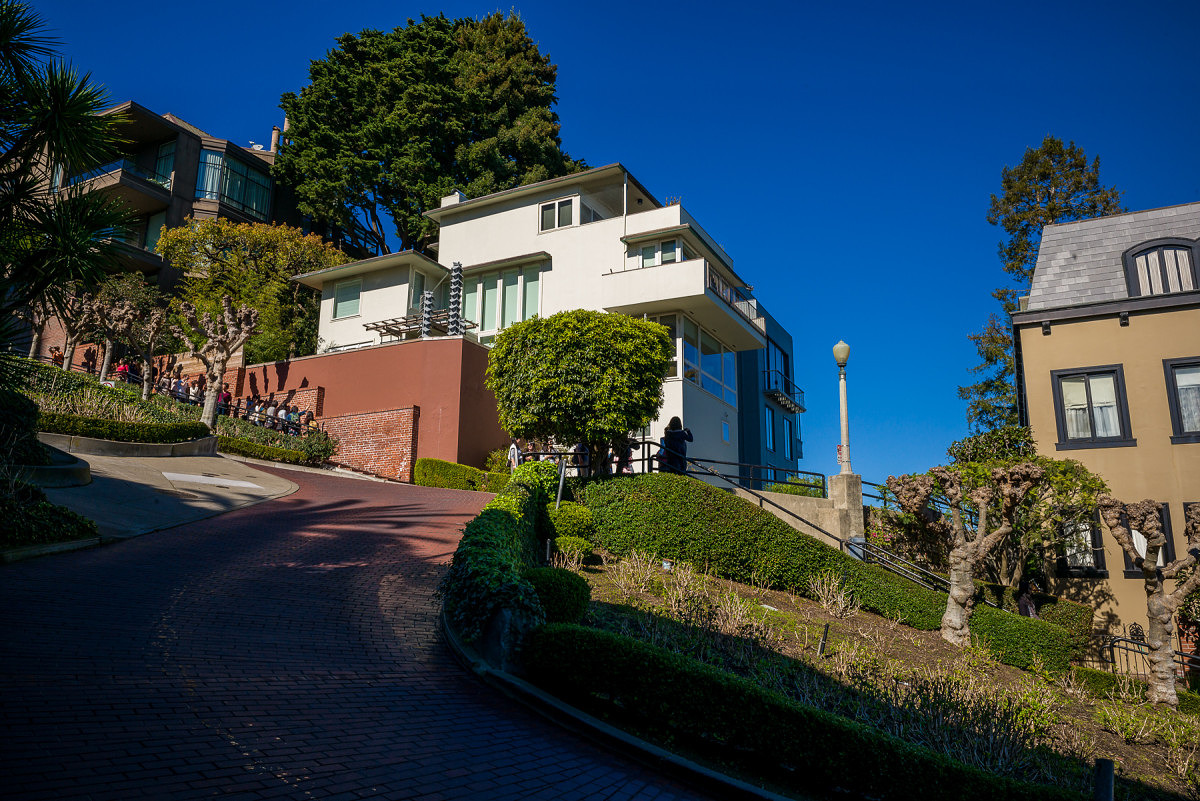
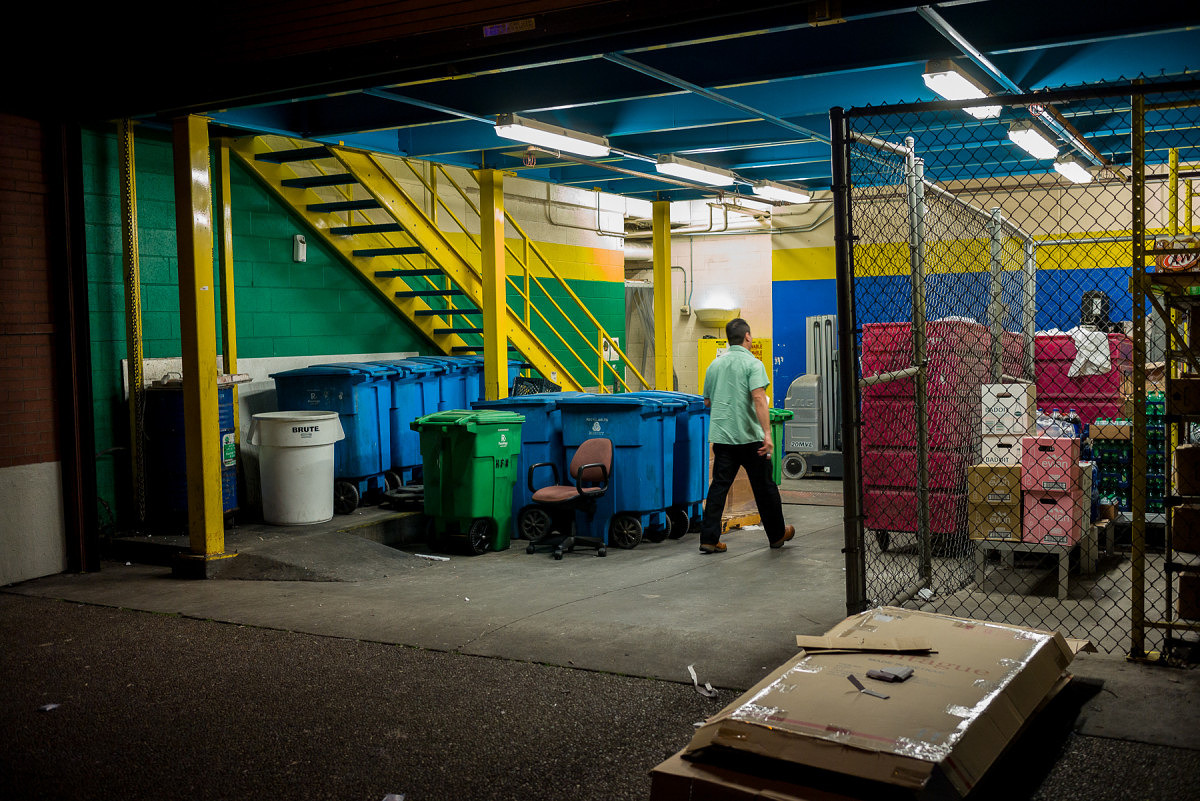
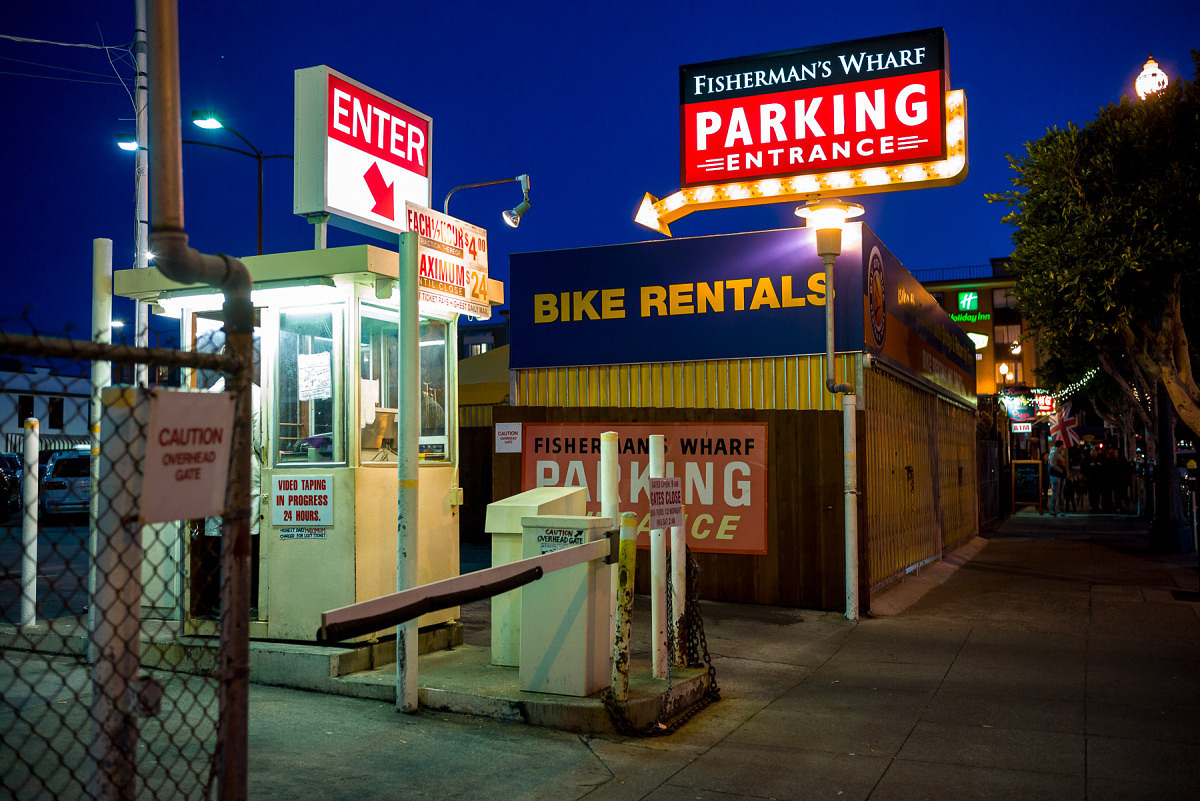
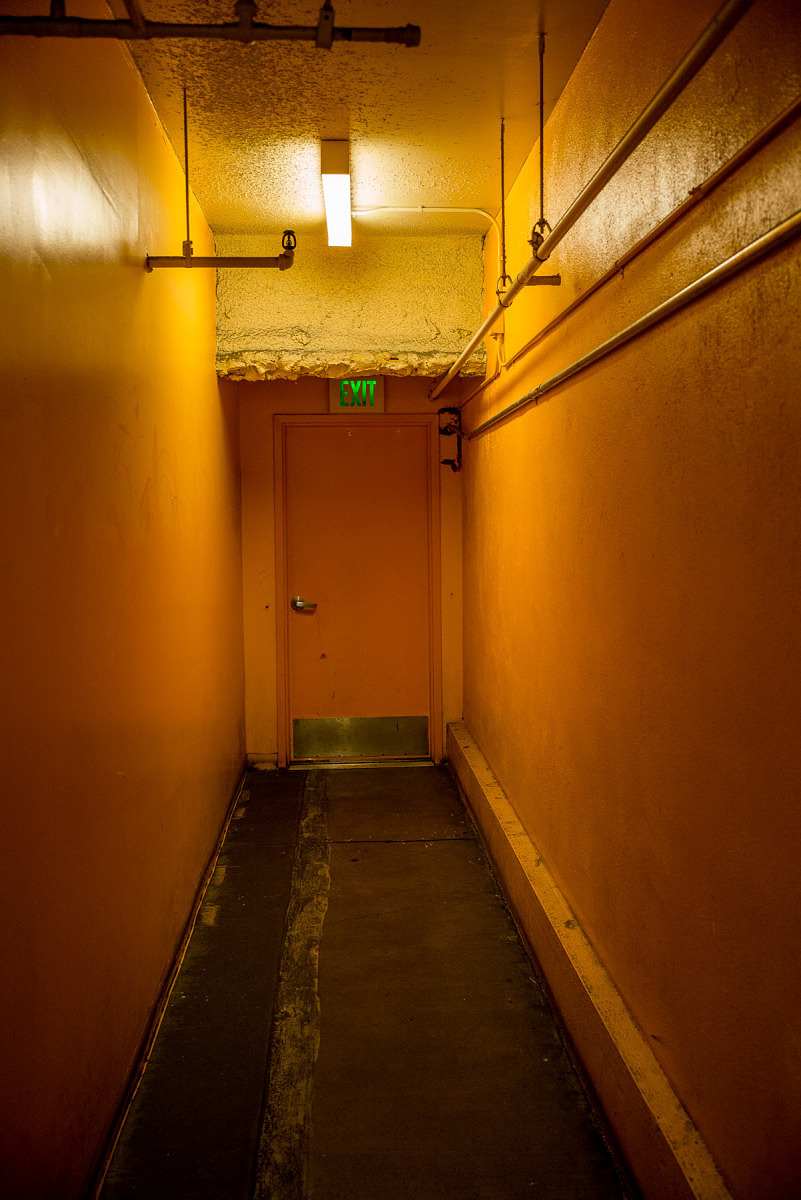

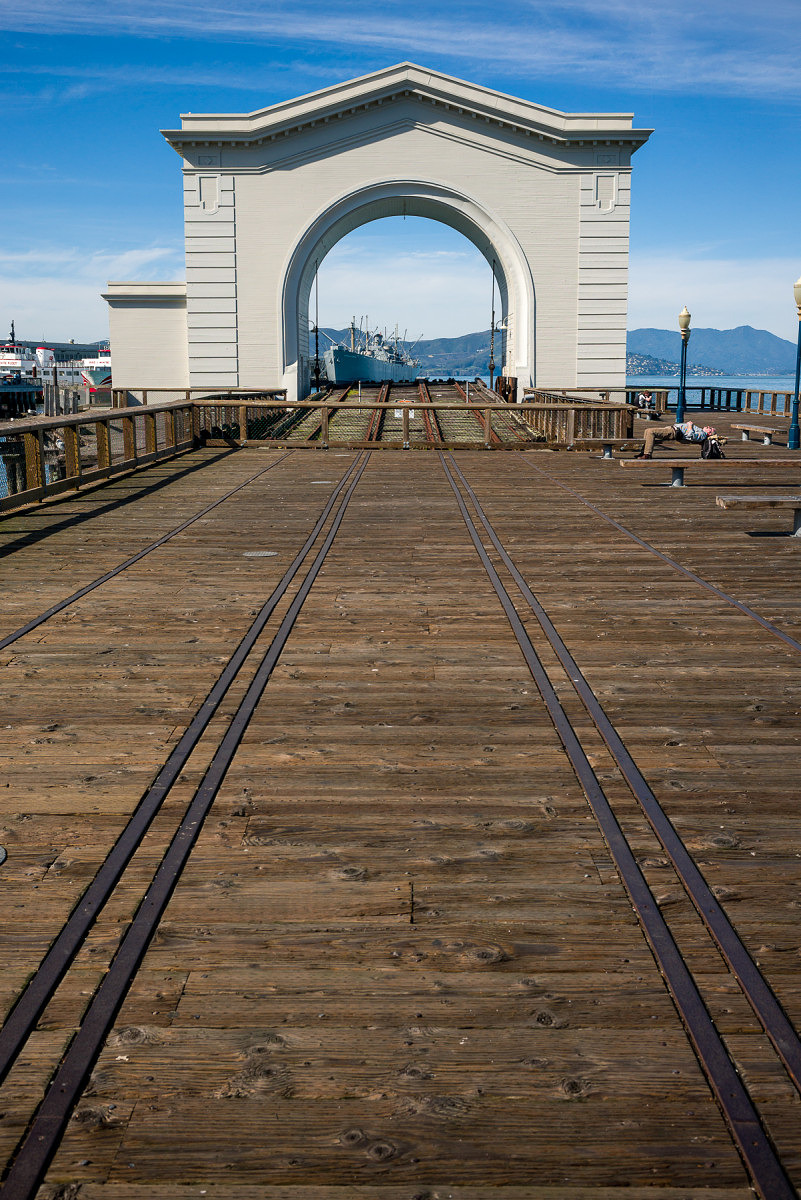
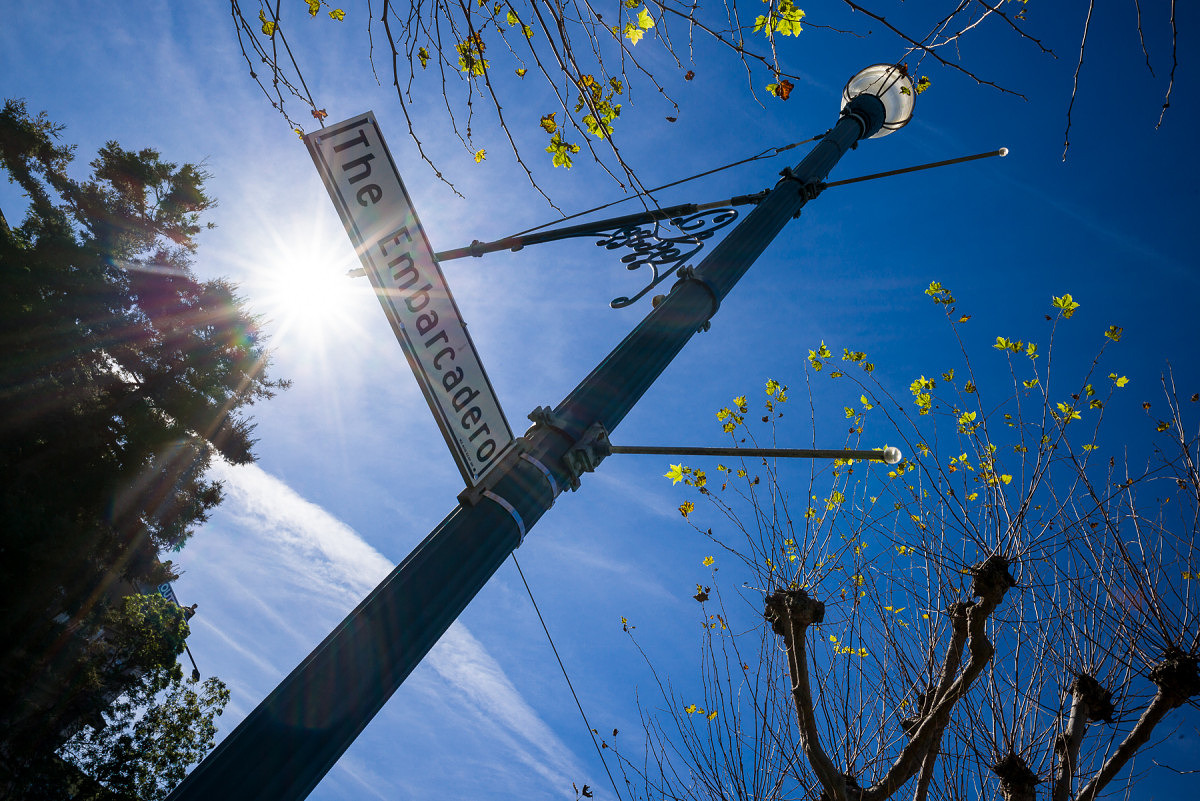

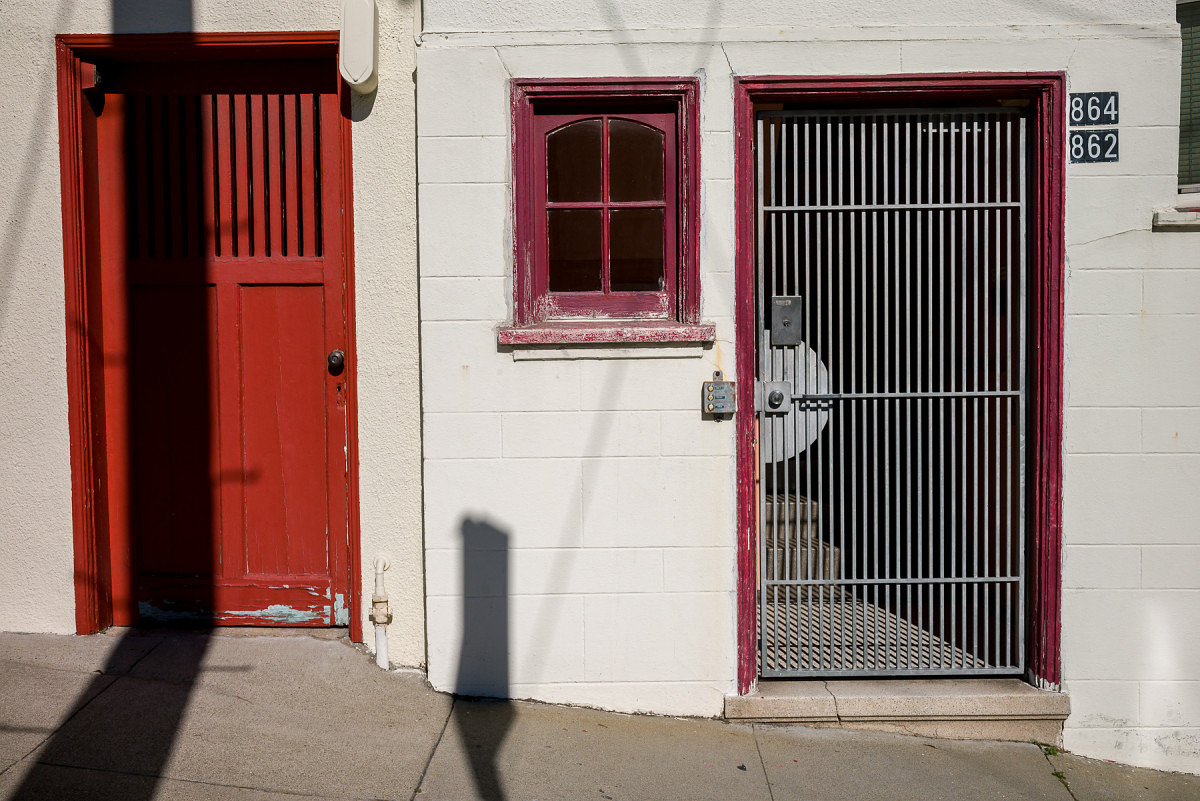
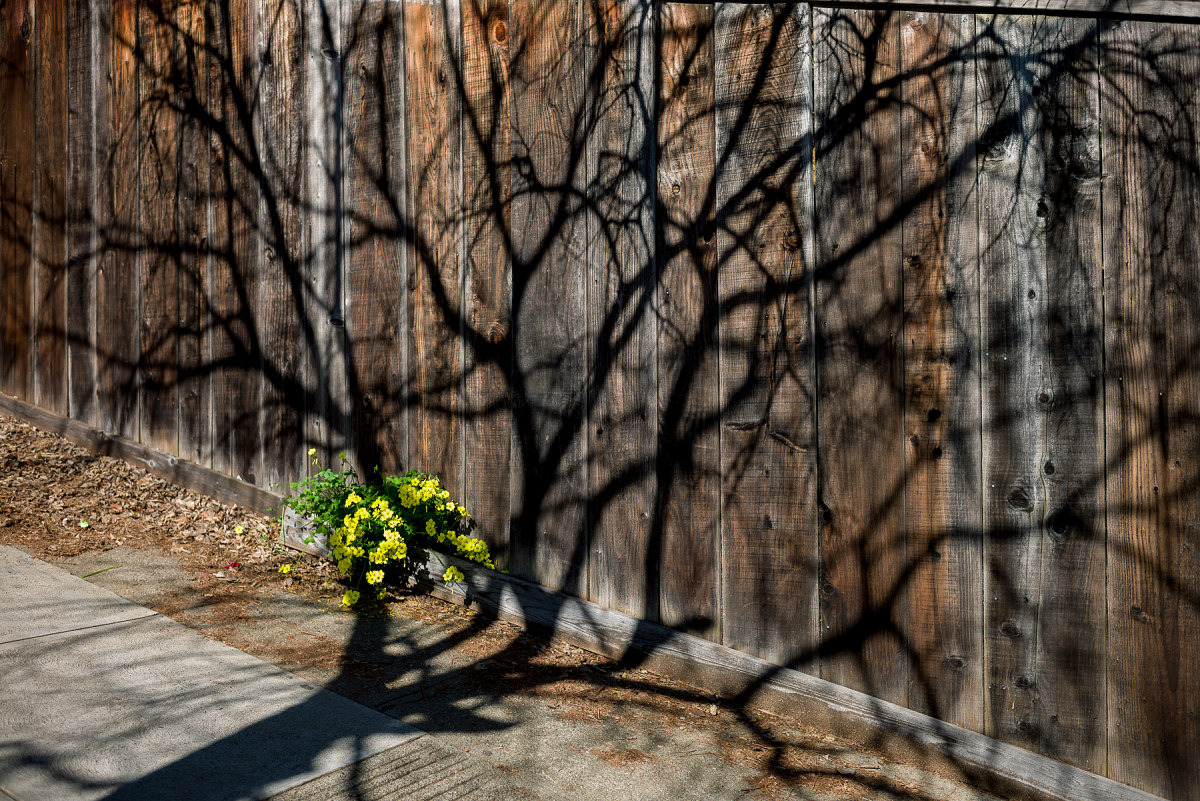
No clue re above, but nice set of shots!
I wonder how any of the GMBH engineers might fare? I doubt most owners can reliably pick out the characteristics from an image on a screen.
So good show at debunking the “CCD look” myth.
great shots! I’m coming from the M9 experience with no direct experience (yet?) with the M.
favorite spots to visit.
Mario’s Bohemian Cigar Shop is always a must for caffeine and sandwich…
Wonderful exercise and please do more of this type of analysis.
Yes, there are differences. But the images are SO similar after appropriate adjustment that the sensor differences are at most a very insignificant part of the rendering.
G
David,
I like your test shots with the M9 and 240 very much. But the choice between the two “looks” to me seems trivial. While there may be some difference, there is not enough to decidedly choose between them. I suggest that what you have really demonstrated is that the ultimate choice in sensors is still film. The choice of “looks” is virtually endless. And each roll of film installs a brand new sensor in the camera. I say, bring back a film based M.
Best,
Paul Ferrante
hi David,
Great job and very interesting. Will be fun to see how I did on my guessing! However, I think I would have done perhaps a little better if you had included shots from a MonoChrom…
Thanks again and much appreciation for your work.
David too
Thanks for sharing .
Do you not provide the “solution” or the real camera you used after voting for it? Would be nice to see whether one guesses right or wrong.
Yes, I show all the answers and the data collected in Part 3 here: The Great Debate: CCD vs. CMOS – Part 3